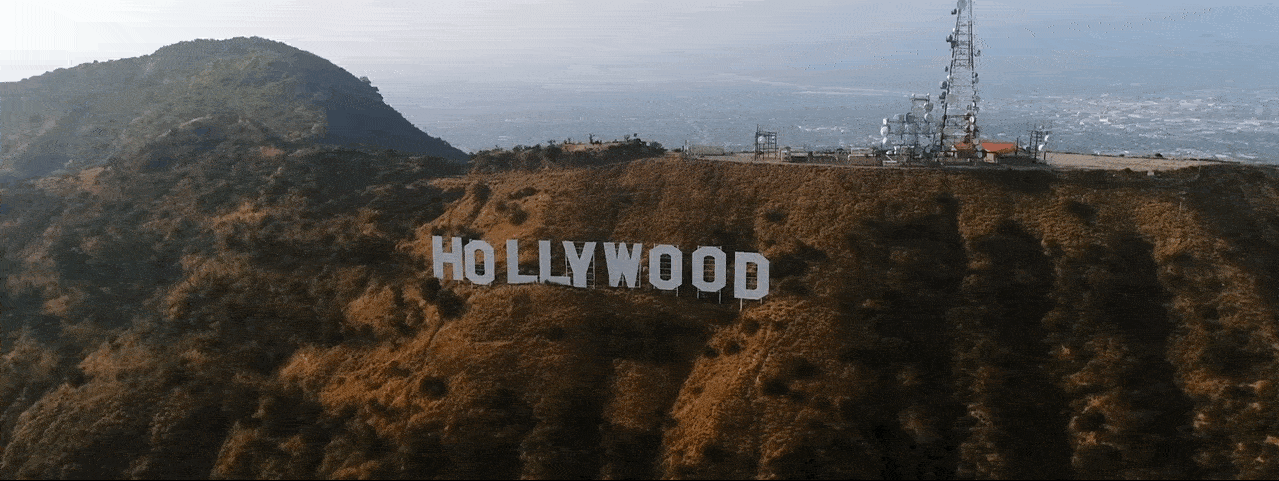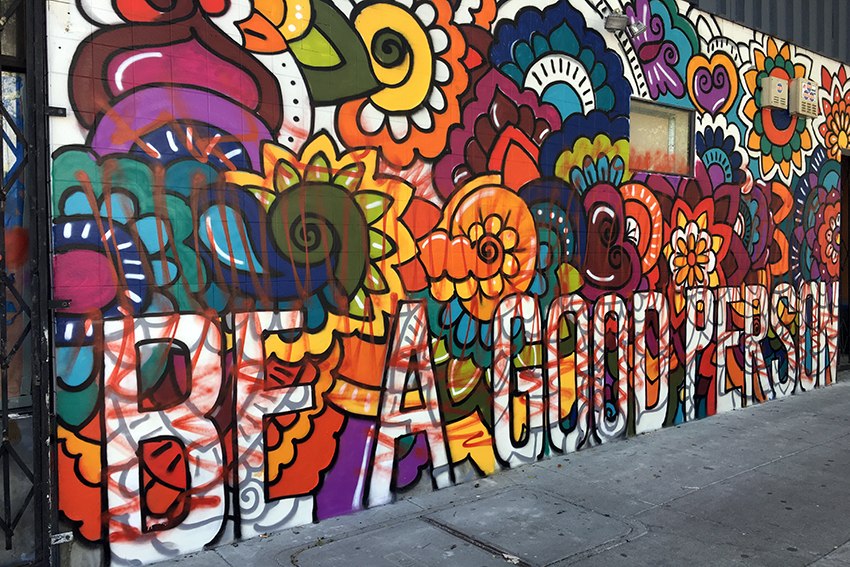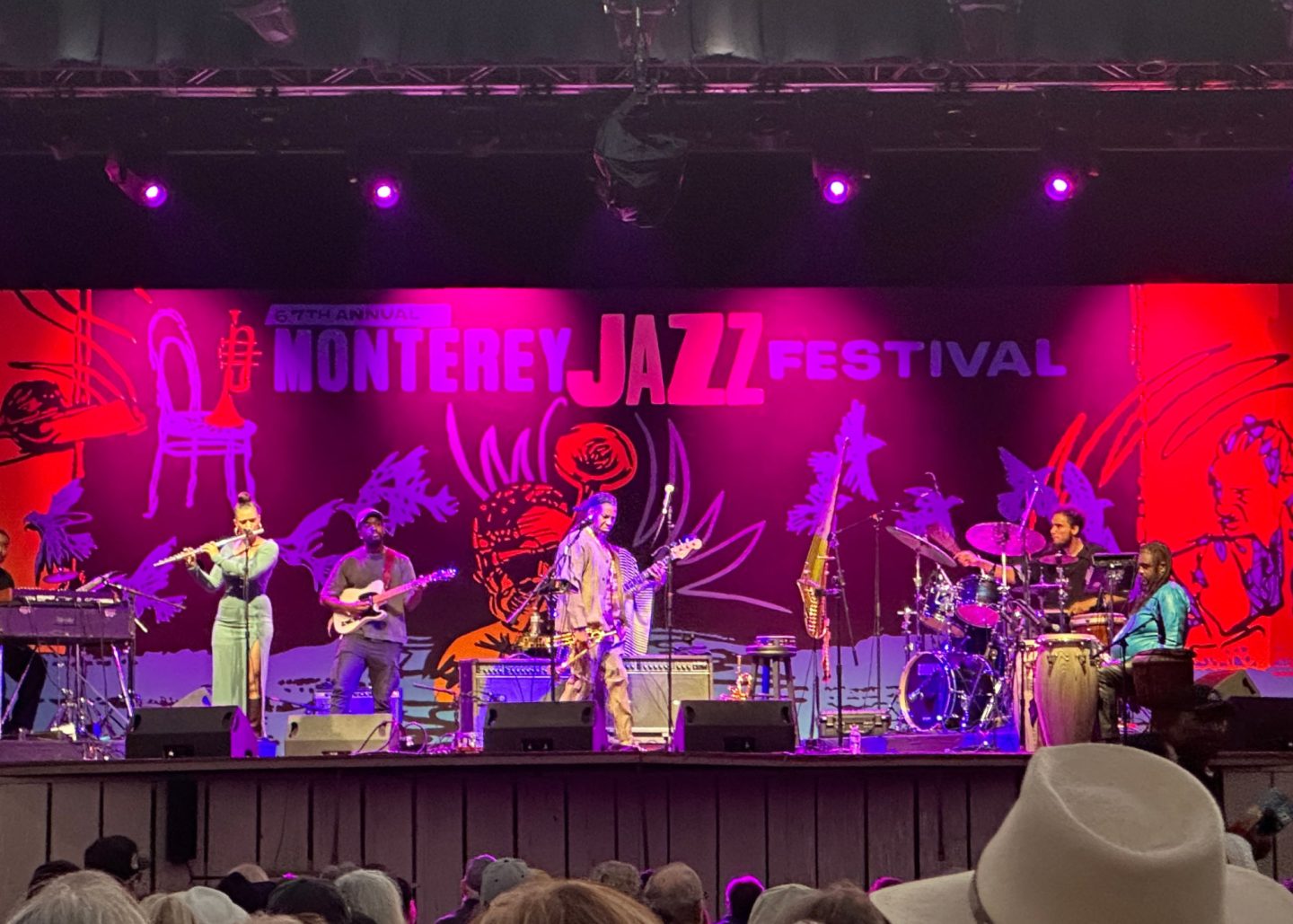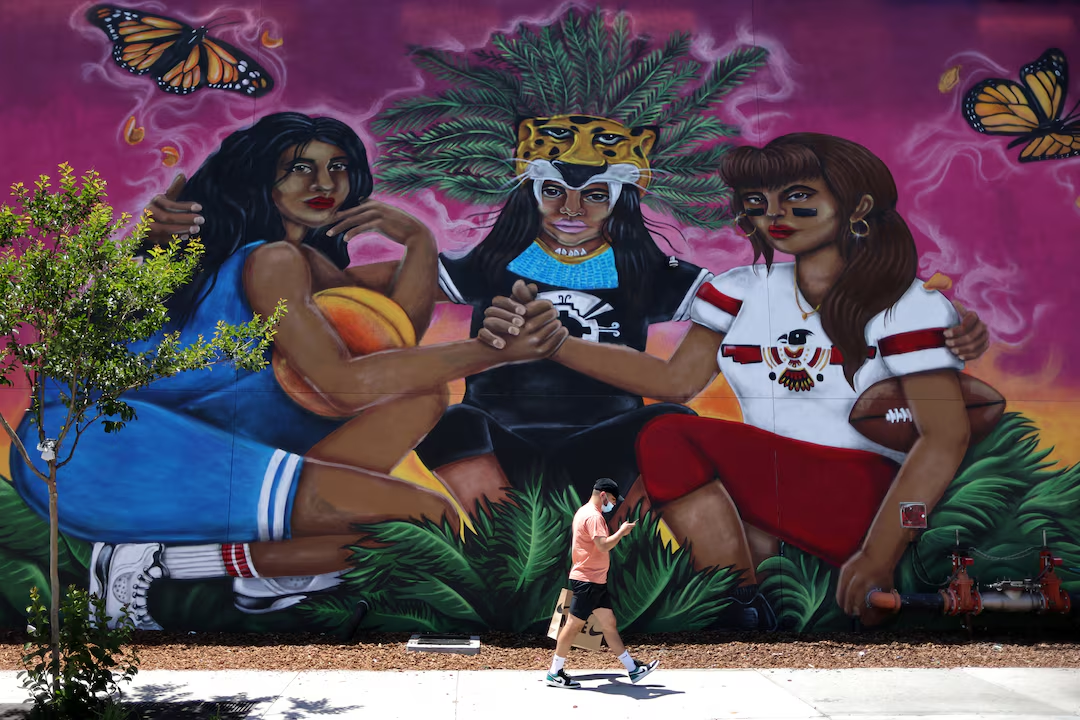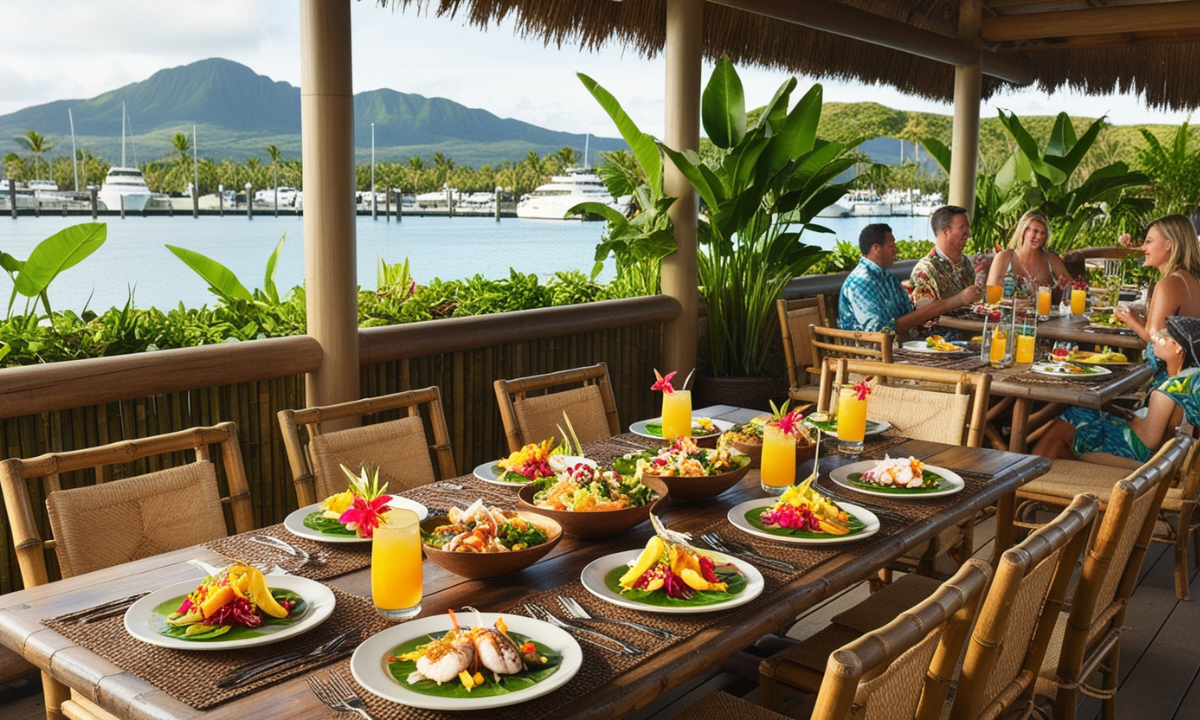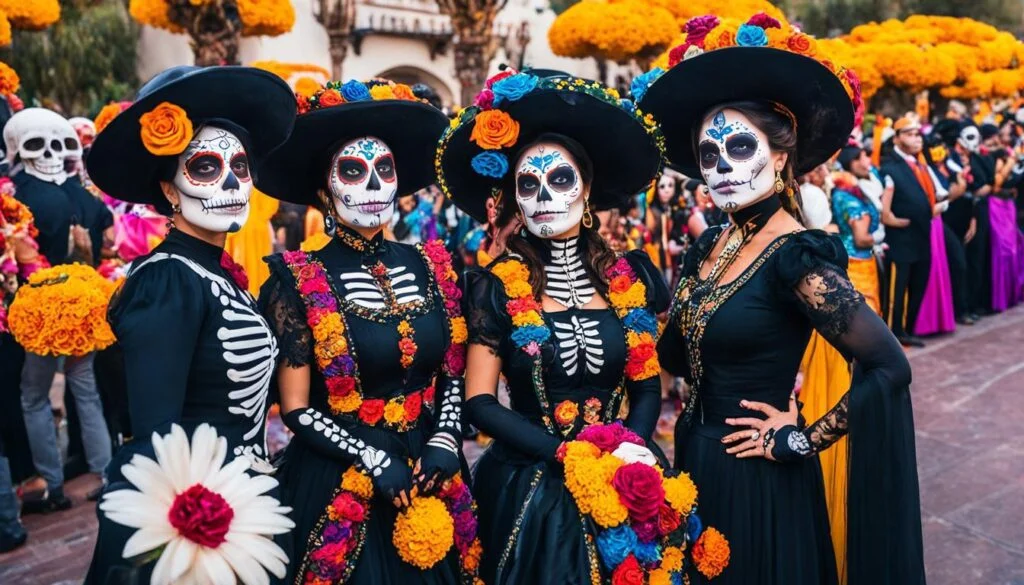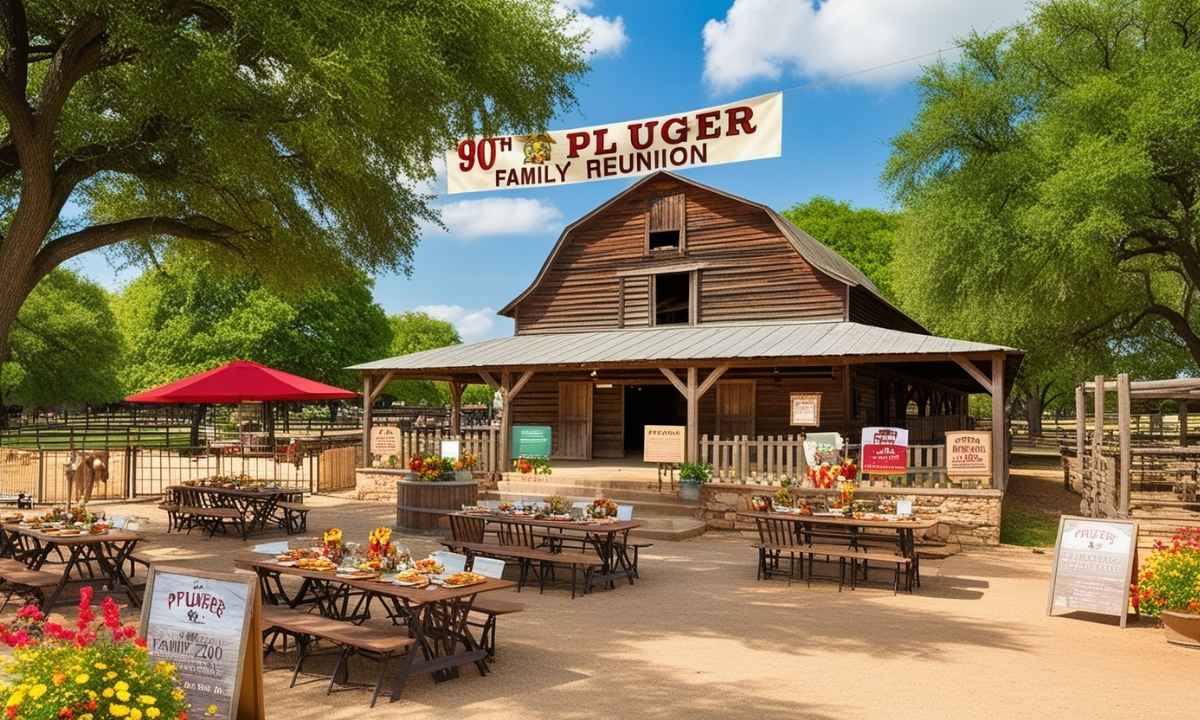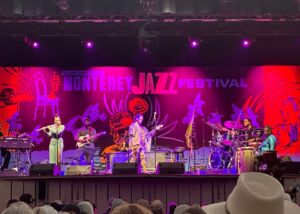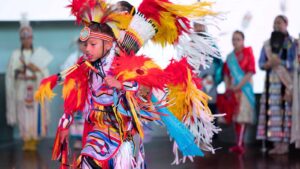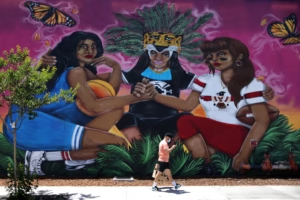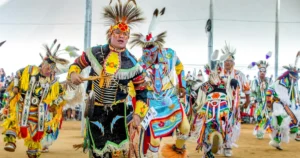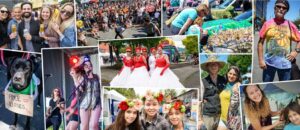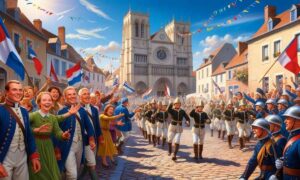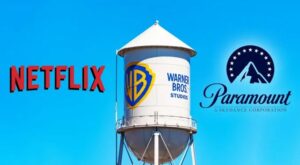How to Celebrate Lunar New Year in Los Angeles Like a Local. Los Angeles is a city of stories told in a hundred languages, with cultures layered like murals on alley walls and the scent of street food drifting through its countless neighborhoods. Nowhere is this beautiful blend more vibrant than during Lunar New Year — a celebration deeply rooted in tradition, yet constantly reimagined by the communities who honor it each year. From the red lanterns of Chinatown to the lion dances of Monterey Park, from temple blessings in Little Saigon to the fireworks that light up Alhambra’s night sky, Lunar New Year in LA isn’t just a holiday — it’s a dynamic, immersive experience that reflects the heartbeat of a global city. And if you want to celebrate it like a true local in 2025, you’ll need more than a restaurant reservation. You’ll need to understand the spirit behind it, the spaces where it thrives, and the small moments that bring it to life.
The History Of The Los Angeles Lunar Year
To understand Lunar New Year in Los Angeles, you must first appreciate the cultural mosaic that powers it. Often referred to as Chinese New Year in the West, Lunar New Year is celebrated across East and Southeast Asia, including by Chinese, Vietnamese, Korean, and other communities — each with their own traditions, foods, and symbolism. In LA, this diversity is not just acknowledged but celebrated. Walk through neighborhoods like Monterey Park, San Gabriel, and Rowland Heights during this season, and you’ll witness everything from red envelope blessings in Cantonese to Vietnamese Tet parades and Korean rice cake soup ceremonies. Unlike the one-size-fits-all approach often portrayed in the media, Lunar New Year in LA is multi-dimensional — a reflection of the city’s vast immigrant history and its ongoing dialogue between old world customs and new world innovation.

Start your local journey in LA’s historic Chinatown, where celebrations date back over a century. Though modern Chinatown has seen its demographic shift in recent decades, it remains a symbolic and cultural home for the Lunar New Year festivities. The Golden Dragon Parade is the centerpiece — an electrifying event that draws thousands each year. The 2025 parade promises to be as spectacular as ever, featuring traditional lion dancers, firecrackers, martial arts demonstrations, community floats, and performances from local schools. But beyond the visual feast, it’s the atmosphere that sets this event apart. Families line the streets with folding chairs, vendors sell handmade crafts and roasted chestnuts, and older generations pass down stories about zodiac animals and ancestral blessings. As a local, you don’t just show up for the parade — you come early, chat with vendors, eat a steaming bowl of hand-pulled noodles, and lose yourself in the color and rhythm of a celebration passed through generations.
The First China Town In America
Beyond Chinatown, head east to Monterey Park — a city often described as the first suburban Chinatown in America. With one of the highest percentages of Chinese Americans in the U.S., Monterey Park transforms into a glowing tapestry of red and gold during the New Year season. The annual Lunar New Year Festival, typically held along Garvey Avenue, is more than just a weekend market. It’s a cultural showcase. Local businesses line the streets with pop-up booths selling dumplings, steamed buns, herbal teas, and Lunar New Year décor. You’ll hear Cantonese, Mandarin, and English spoken interchangeably as children receive lucky red envelopes and pose for photos with costumed mascots representing the zodiac animal of the year. Traditional performances — including Chinese opera, fan dances, and guzheng music — fill the air, along with the constant crackle of firecrackers warding off bad luck. And if you’re lucky, you’ll catch a lion dance blessing a local bakery, bringing fortune and prosperity for the year to come.
Just south of LA, in Orange County, another celebration unfolds in Little Saigon — the largest Vietnamese community outside of Vietnam. Here, Tet, the Vietnamese Lunar New Year, is celebrated with equal fervor and distinct traditions. The annual Tet Festival at the OC Fairgrounds in Costa Mesa is organized by local Vietnamese student associations and features food stalls, games, live music, and a stunning array of cultural performances. You’ll see áo dài fashion shows, traditional dragon dances, and community elders offering prayers for peace and prosperity. For locals, the beauty of the Tet celebration lies in the details — the family altars set up at home with offerings of fruit and incense, the exchange of well-wishes like “Chúc Mừng Năm Mới,” and the deep sense of connection to Vietnamese heritage. Visiting these events as a guest is not just about watching — it’s about participating, learning, and honoring the traditions of your neighbors.
Lunar Cultural Food
Food is at the heart of any Lunar New Year celebration, and in Los Angeles, it’s an adventure unto itself. From upscale banquet dinners to hole-in-the-wall noodle joints, the city’s food scene lights up with holiday specialties. One essential dish during the season is jiaozi — Chinese dumplings symbolizing wealth and prosperity. You’ll find some of the best in the San Gabriel Valley, where family-run restaurants craft them fresh by the hundreds. In Korean tradition, tteokguk (rice cake soup) is eaten to symbolize gaining a year in age and inviting good luck. Many Korean eateries in Koreatown offer special holiday menus for Seollal (Korean Lunar New Year), complete with ancestral ritual setups and traditional games like Yut Nori. Vietnamese cuisine during Tet includes dishes like bánh chưng (sticky rice cakes) and thịt kho trứng (braised pork with eggs), representing abundance and harmony. Celebrating Lunar New Year like a local means sampling it all — and not just eating, but understanding the meaning behind the meals.
Lunar Symbolism
Temples across the city also play a major role during Lunar New Year. Whether it’s Hsi Lai Temple in Hacienda Heights, one of the largest Buddhist temples in the Western Hemisphere, or the smaller yet deeply spiritual Wat Thai Temple in North Hollywood, locals visit these sacred spaces to light incense, pray for blessings, and participate in midnight ceremonies that mark the official beginning of the new year. Hsi Lai Temple, in particular, offers a breathtaking experience. Visitors are greeted by massive red lanterns, golden statues, flower displays, and prayer scrolls fluttering in the wind. Special Dharma services, vegetarian feasts, and fortune readings attract thousands. It’s a moment of spiritual cleansing — an opportunity to let go of the past year’s burdens and step into the new one with intention.
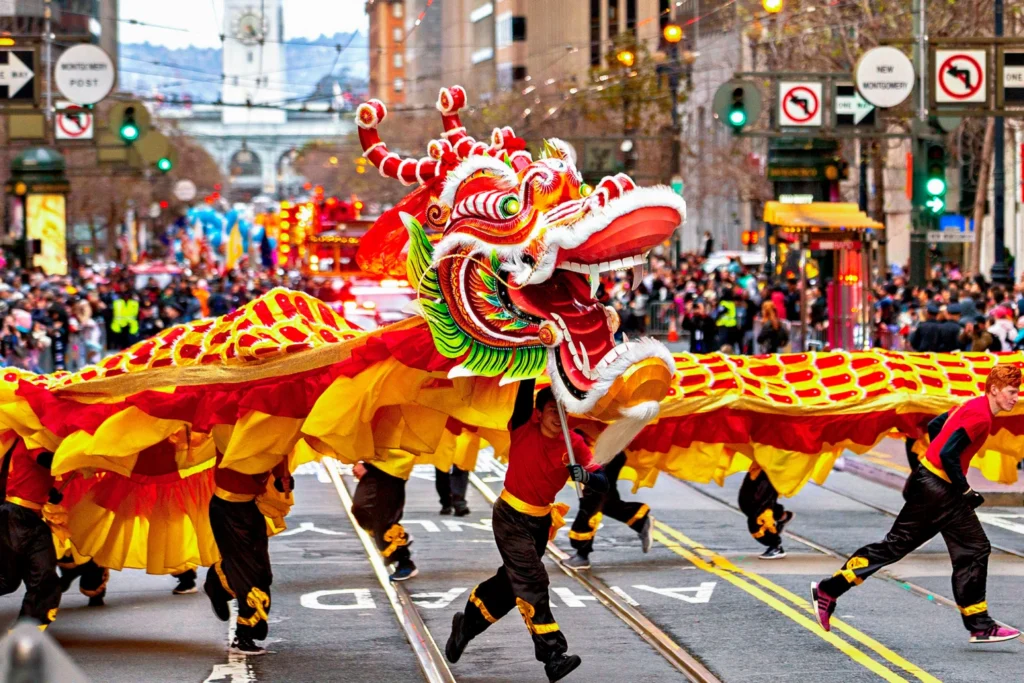
One of the lesser-known but equally meaningful aspects of celebrating Lunar New Year in LA like a local is the emphasis on community service and generosity. Many families donate to food banks, volunteer at temples, or support local mutual aid efforts during this time. In several neighborhoods, youth organizations deliver New Year gifts to elders and host intergenerational events that promote cultural continuity. These acts of giving are not performative; they’re woven into the fabric of the celebration. After all, prosperity in Lunar New Year tradition is not just about material wealth — it’s about harmony, unity, and balance.
Conclusion: A Unique Experience
In 2025, celebrating Lunar New Year in Los Angeles isn’t about checking off tourist stops — it’s about immersing yourself in the heart of what the holiday means. It’s about listening to the stories behind the dances, respecting the rituals that predate skyscrapers, and tasting the flavors passed down from grandparents to grandchildren. It’s about understanding that in LA, culture isn’t static — it’s alive, adaptable, and community-driven. And most of all, it’s about remembering that every red envelope, every firecracker, every bite of sweet rice cake carries a wish — for peace, for renewal, and for hope in the year ahead.

